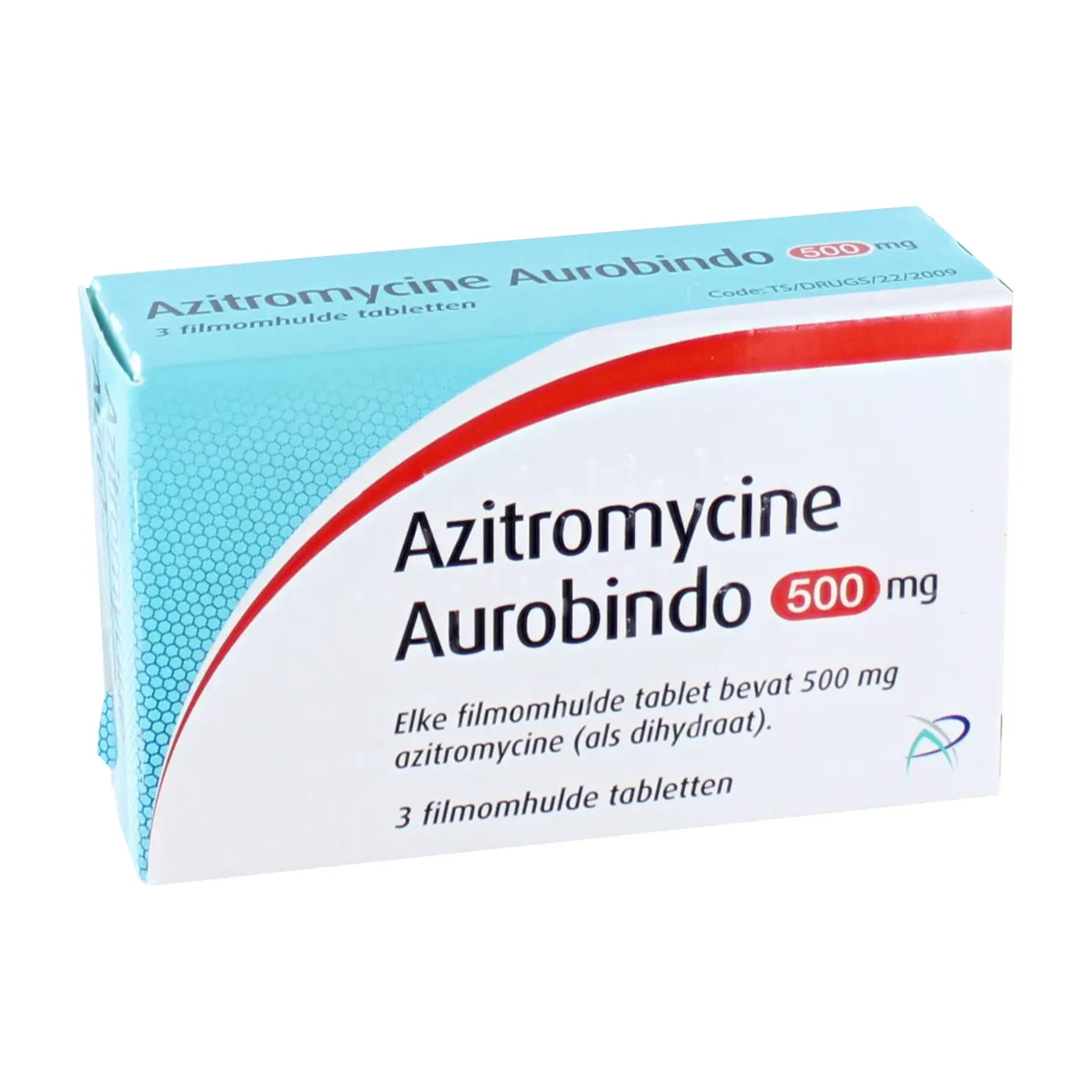Why Choose Azithromycin?
Convenient Dosage: Z-Pak's short treatment duration simplifies adherence to the prescribed regimen, promoting better outcomes. The 3-day course is easier to manage compared to longer antibiotic treatments, increasing the likelihood of completing the full course and achieving infection clearance.
Broad-Spectrum Activity: Z-Pak effectively combats a wide range of bacterial infections, making it a versatile treatment option. Its broad-spectrum activity allows doctors to prescribe Z-Pak for various conditions, reducing the need for multiple antibiotic prescriptions.
Reduced Side Effects: Compared to some other antibiotics, Z-Pak often has fewer gastrointestinal side effects. Many patients find Z-Pak easier to tolerate, leading to improved compliance and a more comfortable treatment experience.
Easy Administration: The tablet form and simplified dosage schedule make Z-Pak easy to take. The convenient format encourages adherence and simplifies the treatment process, contributing to better outcomes.
Effective Against STIs: Z-Pak is a reliable option for treating certain sexually transmitted infections. Its effectiveness against chlamydia and gonorrhea makes it a valuable tool in managing these common infections.
Long Half-Life: Azithromycin's extended half-life allows for less frequent dosing. This feature contributes to the overall convenience and ease of treatment with Z-Pak.
Always follow your doctor’s instructions for the best results and safety.


